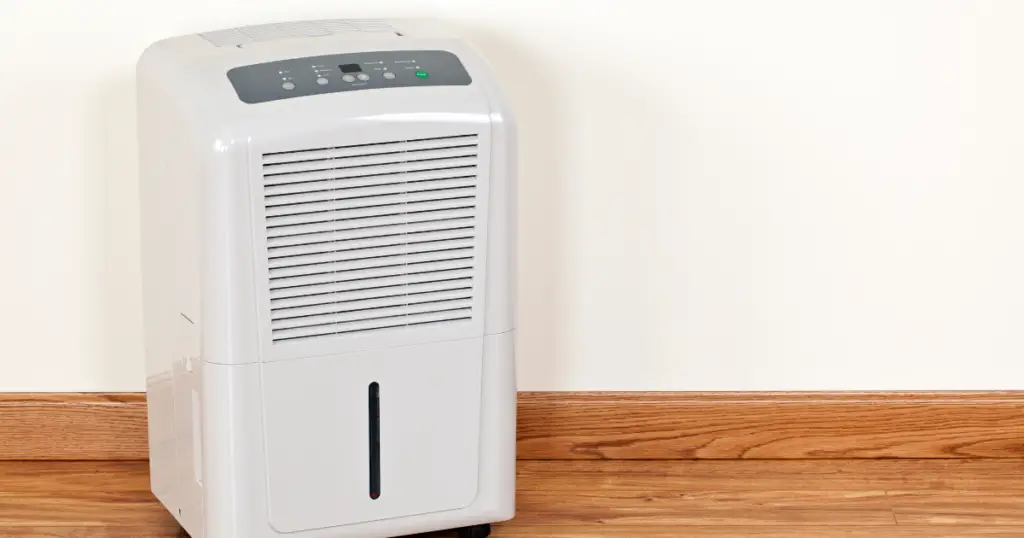
If you are struggling with excess humidity in your home, purchasing a dehumidifier could solve all your problems. However, with so many different types of dehumidifiers available in the market, knowing which one is right for you can be challenging.
In this article, we will explore everything you need to know about using a dehumidifier effectively, from choosing the right size and type to placing it in the right spot for maximum benefit. So, keep reading to learn more about how a dehumidifier can improve your indoor environment.
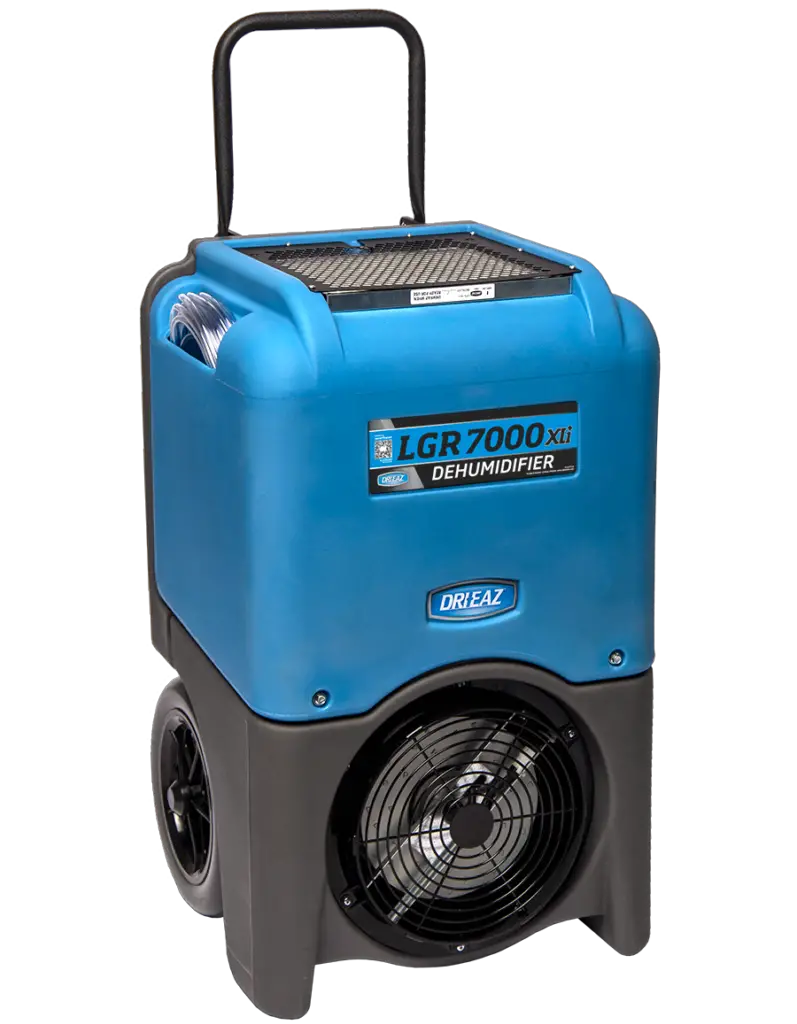
What is a dehumidifier and how does it work?
A dehumidifier is a device that removes excess moisture from the air, reducing the level of humidity in an indoor space. The machine draws in humid air through its fan and passes it over a cold coil or evaporator, where the moisture condenses and drips into a collection tank or hose that drains outside. The dry air is then pushed back into the environment or directed to another place in the same room.
The process through which a dehumidifier removes moisture from the air is similar to how air conditioning works, but with a separate focus on reducing humidity rather than cooling the air. The device measures the humidity level in the room via a humidistat. Once the humidity reaches a certain level set by the user, the machine turns on and off automatically as it works to maintain a constant level of dryness.
Dehumidifiers come in various sizes and types, ranging from portable models suitable for small rooms to larger, more powerful units designed to cover a whole house or building. Some dehumidifiers come with additional features like air purification and temperature control, while others may be designed for specific applications like basements or crawlspaces.
Overall, dehumidifiers provide a range of benefits, including reducing mold and mildew growth, improving indoor air quality, and preventing damage to your home or belongings caused by excess moisture. With the right size and type of dehumidifier, you can create a more comfortable and healthy living space while saving energy and keeping your environment clean and safe.

What is Relative Humidity?
Relative humidity (RH) is a measurement of the amount of moisture present in the air, expressed as a percentage of the maximum amount of moisture the air could hold at a given temperature. In other words, it is the amount of water vapor in the air compared to the maximum amount of water vapor the air could hold at a particular temperature.
The RH level is crucial in determining how comfortable and healthy an indoor environment is for people and pets. High levels of humidity can lead to a range of problems, including mold and mildew growth, respiratory issues, and discomfort. On the other hand, low humidity can cause dry skin, static electricity, and other unpleasant side effects.
The ideal RH level varies depending on the area, but 30% to 50% is typically recommended for indoor spaces. One should monitor the RH levels regularly at different times of the day and in various rooms and adjust the humidity level accordingly.
Several factors can impact the RH level in an indoor space, including outside temperature, ventilation, and activities like cooking or showering. Maintaining a consistent temperature and good ventilation can help maintain adequate relative humidity levels.
What are the ideal humidity levels?
Maintaining proper humidity levels in indoor spaces is essential to ensure that the environment is comfortable, healthy, and safe. However, the ideal humidity level can vary depending on the location, time of year, and personal preferences.
Generally, relative humidity levels between 30% to 50% are considered to be ideal for indoor spaces. This range provides a balance between preventing excess moisture and avoiding overly dry conditions.
In the winter months, indoor heating can cause the air to be dry, and humidity levels may drop below 30%. Such levels can cause respiratory problems, itchy skin, and static electricity. In contrast, high humidity levels above 50% can cause mold growth, musty odors, and degradation of wood and furniture.
In warmer months, high humidity levels can cause discomfort, and prolonged exposure to damp conditions can lead to mold, mildew, and other health concerns. Indoor humidity levels should remain below 60% in warmer months.
Keep in mind that certain areas of the home may require different humidity levels. For example, bedrooms may require a bit more humidity than living rooms or the kitchen, where humidity can increase during cooking or cleaning.
It’s crucial to monitor the humidity level regularly and adjust as needed with the help of a device like a hygrometer or a humidistat. If you live in a particularly humid or dry climate, you may need to use a dehumidifier or humidifier to maintain the ideal humidity levels in your space.
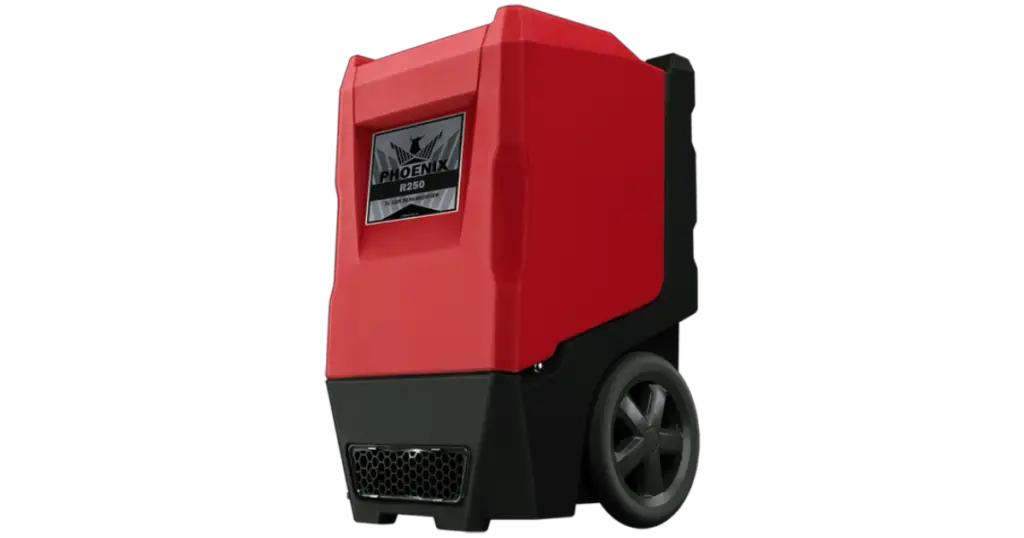
What are the effects of excess moisture in your house?
Excess moisture in your house can cause several problems, ranging from minor inconveniences to significant structural damage, and potential health concerns. Here are some of the most common effects of excess moisture:
- Mold and mildew growth: High moisture levels in your home can create an ideal environment for mold and mildew to grow, which can cause structural damage to your house and health effects like respiratory issues, headaches, and allergic reactions.
- Pest infestations: Damp environments attract insects like cockroaches, silverfish, and dust mites, increasing the risk of an infestation.
- Water damage: Prolonged exposure to high humidity can cause water damage to walls, ceilings, and floors. Water stains and discoloration may occur and weaken the structure of your home.
- Bad odors: Excess moisture can cause musty and unpleasant odors in your home.
- Health concerns: High humidity levels can lead to respiratory issues, allergies, asthma, and other health problems.
- Increased energy bills: High humidity makes the air inside your home feel warmer than it is, resulting in increased air conditioning and heating bills.
- Peeling wallpaper and paint: Excess moisture can cause wallpaper to peel and paint to blister and peel.
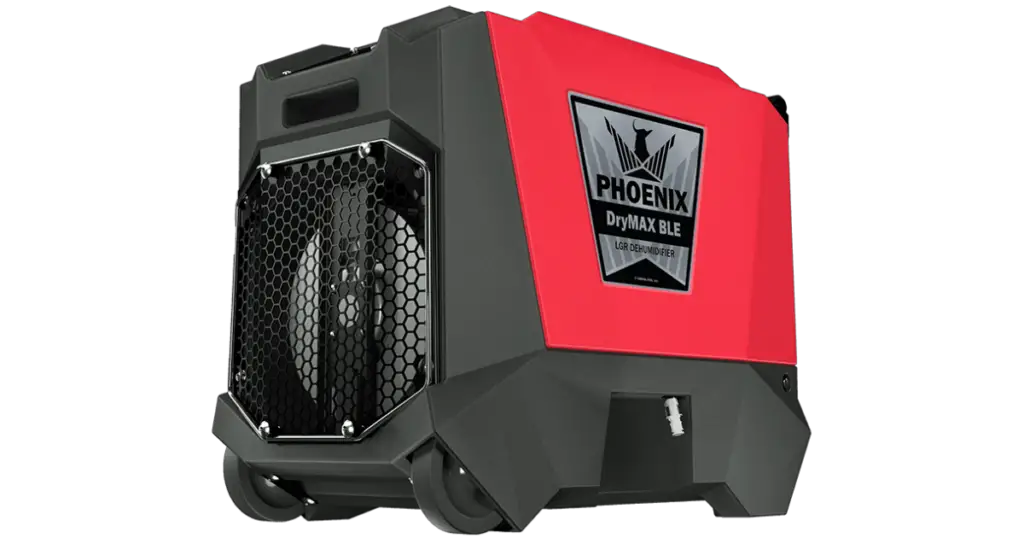
7 The benefits of using a dehumidifier in your home
There are many good reasons why one should use a dehumidifier in their home. Here are some of the benefits of using a dehumidifier:
- Prevent mold growth: Dehumidifiers help reduce moisture levels in your home, preventing mold and mildew growth. These fungi can cause structural damage to your home and health problems like allergies and respiratory issues.
- Improves indoor air quality: By removing excess moisture from the air, dehumidifiers can help improve indoor air quality, resulting in a healthier and more comfortable environment.
- Eliminates musty smells: High humidity in your home can cause a musty odor. A dehumidifier will eliminate this smell and leave your home smelling fresh.
- Protects your home investment: High levels of humidity can cause structural damage to your home, such as swelling and warping of wood floors and furniture. Using a dehumidifier can help prevent this damage and protect your home investment.
- Reduces allergens: Dehumidifiers can help by reducing common indoor allergens like dust mites, which tend to thrive in high humidity.
- Saves energy: A dehumidifier can help lower your air conditioning costs during the summer by reducing the humidity levels in your home, making it feel cooler.
- Provides comfort: Lower humidity levels help to remove that sticky and clammy feeling, resulting in a more comfortable living space.
- Regulate Humidity: Dehumidifiers help regulate your home’s humidity levels and ensure that they stay within an acceptable range. This is especially important if you live in a humid or dry climate.
Where should I place my dehumidifier?
Choosing the right location for your dehumidifier is key to achieving optimal results in reducing indoor humidity levels. Here are some tips on where to place your dehumidifier:
- Central location: Place the dehumidifier in a central location in the room, if possible. This allows for equal distribution of dry air throughout the room.
- Laundry room, basement, or garage: These areas tend to have higher humidity levels due to their closed-off nature. Placing a dehumidifier in these rooms can help reduce the humidity level.
- Away from direct sunlight: Avoid placing your dehumidifier near windows or in direct sunlight as this can affect its performance. Keep it out of reach of children and
- Near a moisture source: If you use the dehumidifier in a particular area due to moisture problems, place it as close to the source. This will help to reduce the moisture in the air quickly.
- Near a power source: Ensure the location has a nearby electrical outlet to avoid tripping over extension cords.
- Elevated surface: Place the dehumidifier on an elevated surface. This allows for better air circulation and for the humidity to rise naturally and be collected by the machine.
- Away from walls and furniture: Ensure that the dehumidifier is placed several inches away from the wall or any furniture. This promotes better air circulation around the dehumidifier.
- In the basement: If you are using the dehumidifier in a basement or crawlspace, place it in the center of the room to create an equal distribution of dry air.
- In multiple areas: If you have a larger area or more than one problem area, consider using multiple dehumidifiers to ensure even coverage throughout the space.
Finally, make sure to inspect the collection bucket regularly and empty it when it’s full. This will ensure that the dehumidifier continues to function efficiently. By placing the dehumidifier in the right location, you can maintain an optimal indoor environment and achieve the best results.
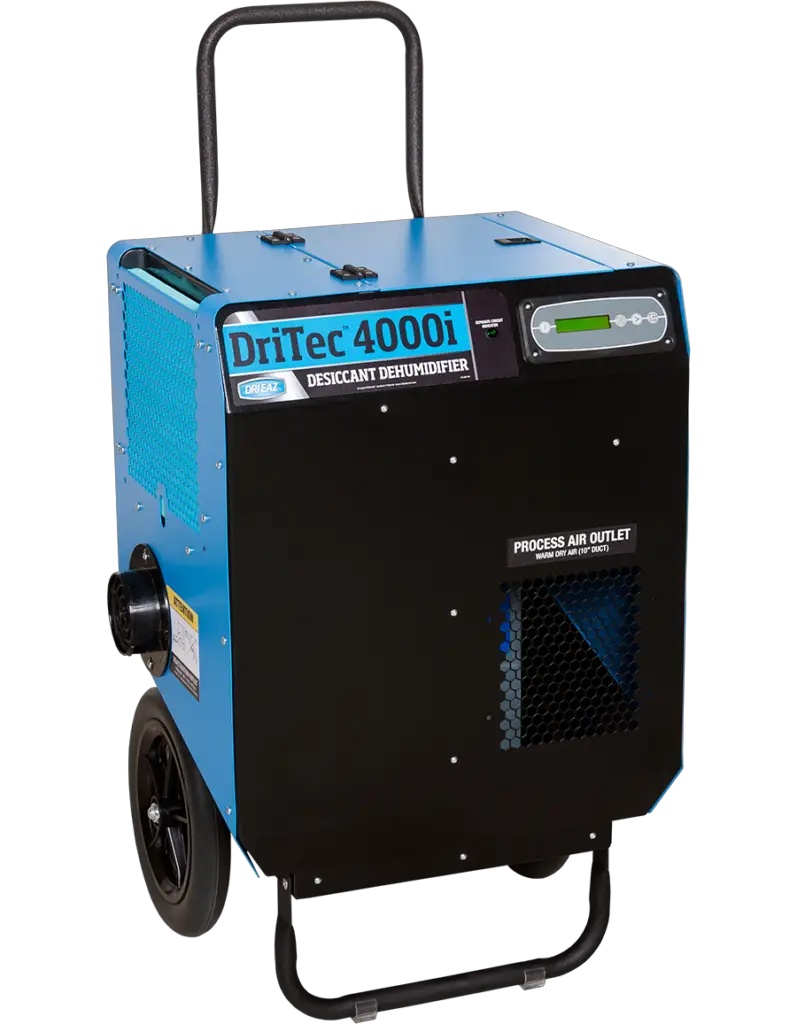
Types of dehumidifiers
There are several types of dehumidifiers available on the market today. These include:
- Refrigerant or chemical dehumidifiers: These models use a coolant and compressor to draw moist air and release it as condensation into a collection bucket or hose. This type of unit is typically more powerful, but also more expensive.
- Desiccant dehumidifiers: This type of unit uses a rotating drum with a “desiccant” material that absorbs moisture from the air, which is then released via an exhaust fan. These units tend to be less obtrusive than refrigerant-based models but are not as powerful.
- Whole-home dehumidifier systems: These are installed directly into your home’s HVAC system and can help maintain comfortable humidity levels throughout the entire home or building rather than just one room or area.
- Dehumidifier/air conditioner hybrids: These units come with both a built-in dehumidifier system and an air conditioning system, allowing you to enjoy both benefits in one convenient appliance.
- Compressor dehumidifiers: These models use a compressor to draw in moist air, cool it, and then release the moisture into a collection bucket or hose. This unit type is typically more affordable and easier to operate than other dehumidifiers.
By understanding the different types of dehumidifiers available, you can select the right model based on your specific needs and budget, ensuring that you get the maximum benefit out of your purchase while maintaining optimal indoor air quality at all times.
How to choose the right dehumidifier for your needs?
Selecting the correct dehumidifier is essential for achieving a healthy and comfortable interior atmosphere. The ideal placement of your unit should include at least 6-12 inches of clearance on all sides to avoid any potential issues or hazards.
Here are some factors to consider when selecting a dehumidifier:
- Size of the area: Dehumidifiers come in different sizes, and choosing the right one is crucial based on the size of the room or space. A smaller unit may not effectively reduce humidity in a larger space, while a larger unit may be overkill and cause unnecessary energy consumption in a smaller area.
- Humidity level: If you live in an area with high humidity, choosing a dehumidifier with a higher capacity may be necessary to maintain optimal indoor conditions. The ideal humidity level typically ranges from 30% to 50%.
- Portability: If you plan to use it in multiple areas or rooms, considering a portable dehumidifier model with wheels and handles may be more beneficial.
- Energy efficiency: Look for a energy-efficient model with a high Energy Star rating. This helps in reducing energy costs while maintaining optimal indoor conditions.
- Noise level: If you plan to use the dehumidifier in a living space or bedroom, consider a model that runs quietly.
- Additional features: Some dehumidifiers come with additional features such as air purification or odor reduction, which may be beneficial in certain circumstances.
- Maintenance: Ensure that the model you choose is easy to clean and maintain. Some models have self-cleaning options, while others have washable filters that need regular cleaning.
7 Steps for setting up and operating your dehumidifier
Setting up and operating your dehumidifier correctly is essential for achieving optimal indoor humidity levels. Here are the steps to set up and operate your dehumidifier correctly:
Place your dehumidifier in the right location
For optimum performance and safety, choose a spot in the middle of your room, away from walls or pieces of furniture. Make sure it is close to an outlet for power access as well. To avoid potential issues down the road, make sure there are six to twelve inches between your unit and its surroundings.
Close doors and windows
To ensure optimal performance, the dehumidifier must be placed in the center of a room with all windows and doors firmly closed. This will maximize its effectiveness while it operates.
Connect the unit to a power source
Plug the dehumidifier into an electrical outlet and switch it on. Some models have digital displays for setting preferences, such as desired humidity level or timer settings.
Set your desired humidity level
Most units have adjustable settings for desired humidity levels. Typically, the ideal level ranges from 30-50%. If you live in an area with higher humidity, consider setting a higher value than usual. A dehumidifier should be large enough to remove moisture from the air in your home. The amount of moisture in the air depends on the humidity level in your area.
Turn on the fan speed
This may vary depending on the model you’re using, but most come with adjustable fan speeds that allow you to control how much dry air is released into your space. Start at a lower fan speed and adjust accordingly based on the results you’re seeing with your preferred humidity level setting.
Check the collection bucket regularly
Regularly check and empty the collection bucket when it’s full, as this will ensure that your dehumidifier continues to function efficiently without interruption.
Clean filters periodically
Dehumidifiers typically come with filters that need to be cleaned periodically using compressed air or water-washed filter cleaning kits to keep them functioning optimally over time.
Maintenance tips for keeping your dehumidifier running smoothly
Keeping your dehumidifier running smoothly and efficiently is crucial to achieving optimal indoor air quality in your home. Here are some maintenance tips to help ensure that your dehumidifier continues to function properly over time:
- Regularly empty the collection bucket: Check the collection bucket of your dehumidifier regularly, as this will ensure that it continues to run freely without interruption.
- Clean or replace air filter: Dehumidifiers typically come with filters that need to be cleaned periodically using compressed air or water-washed filter cleaning kits. If a filter becomes too clogged, it may need to be replaced to maintain proper functioning.
- Wipe down the exterior of the unit: After each use, wipe down the exterior of the unit with a damp cloth to remove dust and dirt buildup. This will help keep it free from blockages and other issues related to lack of maintenance.
- Keep it away from walls and furniture: Choose an area in your room where there is easy access to a nearby power source, but make sure that you also keep it away from any walls or furniture as these can restrict airflow and reduce efficiency.
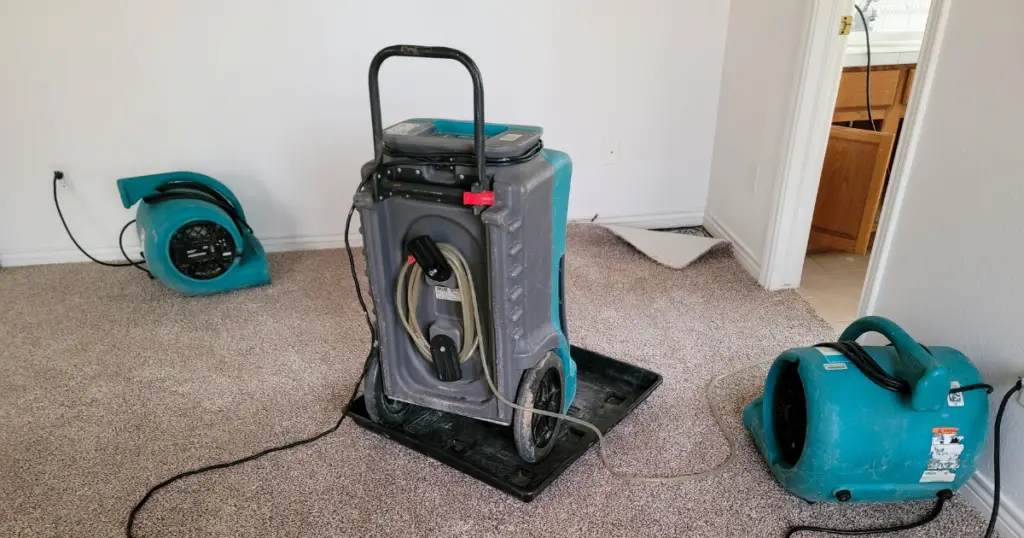
FAQ
Does an air conditioner dehumidify the air?
Yes, an air conditioner can help to dehumidify the air. Air conditioners work by removing warm air and moisture, which in turn helps reduce humidity levels within a room or space.
Should you leave a dehumidifier on all the time?
It is not recommended to leave a dehumidifier on all the time. It will depend on your individual needs, but generally, it is best practice to turn it off when humidity levels drop below the desired level and then turn it back on again when needed. This will help ensure that the unit does not become overworked or unnecessarily worn out from overuse.
How many hours a day should a dehumidifier run?
This will depend on the size of the room, humidity levels, and other factors, but as a general rule of thumb, most dehumidifiers should run for at least 12 hours per day to keep moisture levels below 50%. Running it for longer periods may be necessary for larger rooms and higher humidity levels. Warm weather and higher relative humidity levels may also require longer run times.
Professional Help
If you are having difficulty controlling the humidity in your space and need professional assistance, a range of services are available. A certified HVAC technician can assess the situation and recommend a dehumidifier that meets your needs. They can also help you adjust settings, such as ideal relative humidity levels, to ensure your space is comfortable and safe.
Additionally, they can guide appropriate maintenance and servicing to keep your dehumidifier running smoothly. Professional help can be invaluable in helping you maintain an optimal indoor environment.
